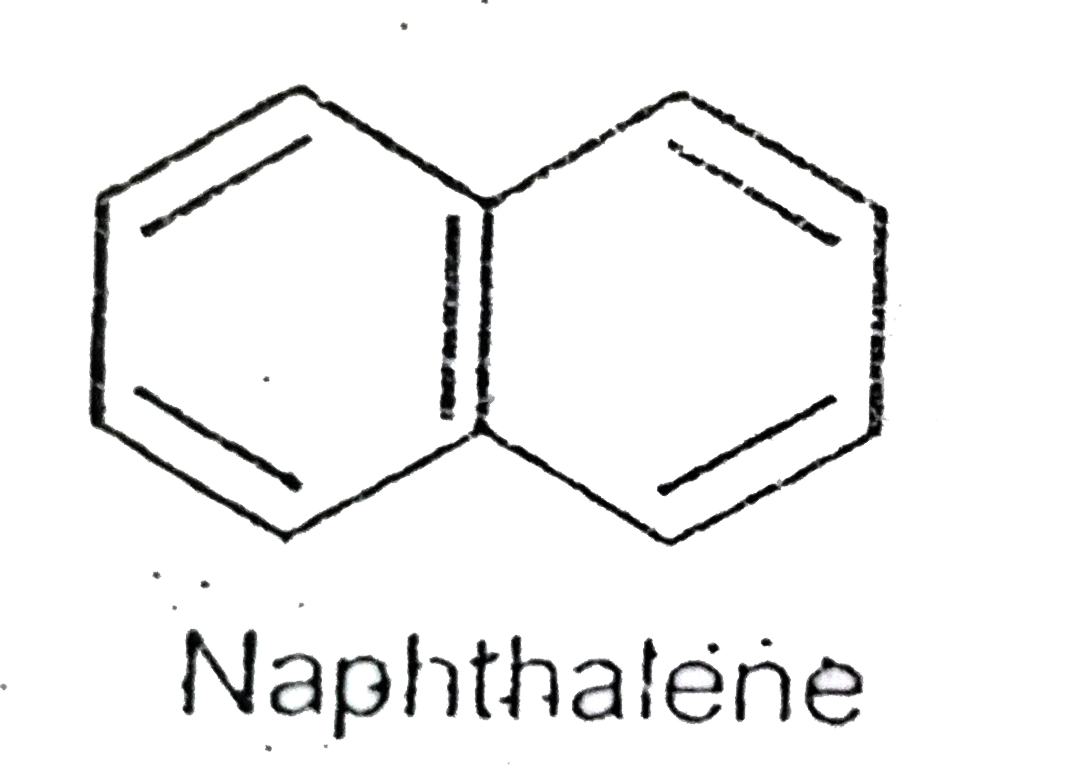The line L1:y−x=0 and L2:2x+y=0 intersect the line L3:y+2=0 at P and Q respectively. The bisector of the acute angle between L1 and L2 intersects L3 at R. Statement-1 : The ratio PR:RQ equals 2√2:√5 Statement-2 : In any triangle, bisector of an angle divides the triangle into two similar triangles. Statement-1 is true, Statement-2 is true ; Statement-2 is correct explanation for Statement-1 Statement-1 is true, Statement-2 is true ; Statement-2 is not a correct explanation for Statement-1 Statement-1 is true, Statement-2 is false Statement-1 is false, Statement-2 is true
Statement 1 is true, statement 2 is false.
Statement 1 is true, statement 2 is true, statement 2 is the correct explanation of statement1.
Statement 1 is true, statement 2 is true, statement 2 is not the correct explanation of statement 1.
Statement 1 is false, statement 2 is true.
The correct Answer is:A
Draw lines on coordinate axes as shown here.

From the geometry of angle bisector,
PRRQ=OPOQ=2√2√5
Topper's Solved these Questions
- STRAIGHT LINESBOOK - CENGAGE ENGLISHCHAPTER - STRAIGHT LINESEXERCISE - ARCHIVES (JEE ADVANCED)
3 Videos
- STRAIGHT LINESBOOK - CENGAGE ENGLISHCHAPTER - STRAIGHT LINESEXERCISE - ARCHIVES (NUMERICAL VALUE TYPE)
1 Videos
- STRAIGHT LINESBOOK - CENGAGE ENGLISHCHAPTER - STRAIGHT LINESEXERCISE - EXERCISE (NUMERICAL VALUE TYPE)
13 Videos
- STRAIGHT LINEBOOK - CENGAGE ENGLISHCHAPTER - STRAIGHT LINEEXERCISE - Multiple Correct Answers Type
8 Videos
- THEORY OF EQUATIONSBOOK - CENGAGE ENGLISHCHAPTER - THEORY OF EQUATIONSEXERCISE - JEE ADVANCED (Numerical Value Type )
1 Videos
Similar Questions
The lines L1:y−x=0 and L2:2x+y=0 intersect the line L3:y+2=0 at P and Q respectively . The bisectors of the acute angle between L1 and L2 intersect L3 at R .
Statement 1 : The ratio PR : RQ equals 2√2:√5
Statement - 2 : In any triangle , bisector of an angle divides the triangle into two similar triangles .
View SolutionStatement-1: p-Nitroaniline is more polar than nitrobenzene
and
Statement-2: Nitro group has -M effect.
(a) Statement-1 is true, Statement-2 is true, Statement-2 is a correct explanation for Statement-1
(b) Statement-1 is true, Statement-2 is true, Statement-2 is not a correct explanation for Statement -1
(c) Statement -1 is true, Statement -2 is false
(d) Statement -1 is false, Statement -2 is true
View SolutionStatement-1: In naphthalene all C-C bonds are equal

and
Statement-2: Like benzene naphthalene is also aromatic.
(a) Statement-1 is true, Statement-2 is true, Statement-2 is a correct explanation for Statement-1
(b) Statement-1 is true, Statement-2 is true, Statement-2 is not a correct explanation for Statement -1
(c) Statement -1 is true, Statement -2 is false
(d) Statement -1 is false, Statement -2 is true
View SolutionStatement-1: The function F(x)=∫sin2xdx satisfies F(x+π)=F(x),∀ξnR ,Statement-2: sin2(x+π)=sin2x (A) Statement-1 is True, Statement-2 is True, Statement-2 is a correct explanation for Statement-1. (B) Statement-1 is True, Statement-2 is True, Statement-2 is NOT a correct explanation for Statement-1. (C) Statement-1 is True, Statement-2 is False. (D) Statement-1 is False, Statement-2 is True.
View SolutionStatement -1 (12)7<(13)4
⇒7log(12)<4log(13)⇒7<4
Statement-2 If ax<ay, where a<0,x,y>0, then x>y.
(a) Statement-1 is true, Statement-2 is true, Statement-2 is a correct explanation for Statement-1
Statement-1 is true, Statement-2 is true, Statement-2 is not a correct explanation for Statement -1
(c) Statement -1 is true, Statement -2 is false
(d) Statement -1 is false, Statement -2 is true.
View SolutionStatement-1: ∫sin−1xdx+∫sin−1√1−x2dx=π2x+cStatement-2: sin−1x+cos−1x=π2 (A) Statement-1 is True, Statement-2 is True, Statement-2 is a correct explanation for Statement-1. (B) Statement-1 is True, Statement-2 is True, Statement-2 is NOT a correct explanation for Statement-1. (C) Statement-1 is True, Statement-2 is False. (D) Statement-1 is False, Statement-2 is True.
View SolutionStatement-1: Vinyl chloride is more reactive than ethylene.
and
Statement-2: Addition of HBr on vinyl chloride follows Markovnikoff's addition.
(a) Statement-1 is true, Statement-2 is true, Statement-2 is a correct explanation for Statement-1
(b) Statement-1 is true, Statement-2 is true, Statement-2 is not a correct explanation for Statement -1
(c) Statement -1 is true, Statement -2 is false
(d) Statement -1 is false, Statement -2 is true
View Solution
Statement-1 : limx→0√1−cos2xx at (x = 0) does not exist.
Statement -2 :Right hand limit ≠ Left hand limit
i) Statement - 1 is True, Statement-2 is True, Statement-2 is a correct explanation for statement-1
ii)Statement-1 is True, Statement-2 is True, Statement-2 is Not a correct explanation for statement-1
iii)Statement-1 is True, Statement-2 is False
iv)Statement -1 is False, Statement-2 is True
View SolutionStatement-1: ∫(x2−1x2)ex2+1xdx=ex2+1x+C Statement-2: ∫f(x)ef(x)dx=f(x)+C (A) Statement-1 is True, Statement-2 is True, Statement-2 is a correct explanation for Statement-1. (B) Statement-1 is True, Statement-2 is True, Statement-2 is NOT a correct explanation for Statement-1. (C) Statement-1 is True, Statement-2 is False. (D) Statement-1 is False, Statement-2 is True.
View SolutionSTATEMENT-1: log(2+sin2x)(x4+x2+1)esinx>0 STATEMENT-2: Product of non-negative expressions can not assume negative value (A) Statement-1 is True, Statement-2 is True; Statement-2 is a correct explanation for Statement-1 (B) Statement-1 is True, Statement-2 is True; Statement-2 is NOT a correct explanation for Statement-1 (C) Statement-1 is True, Statement-2 is False (D) Statement-1 is False, Statement-2 is True
View Solution
